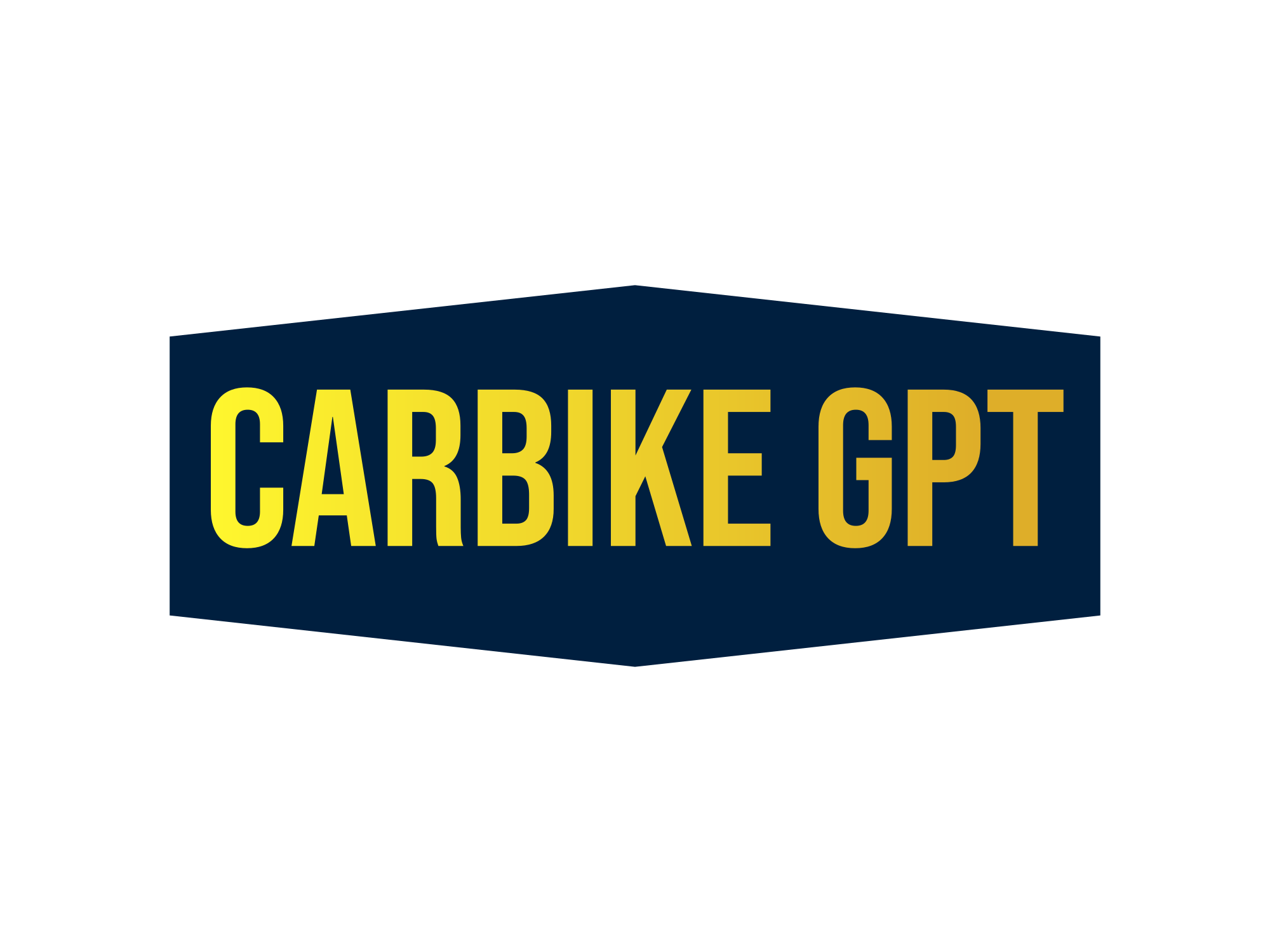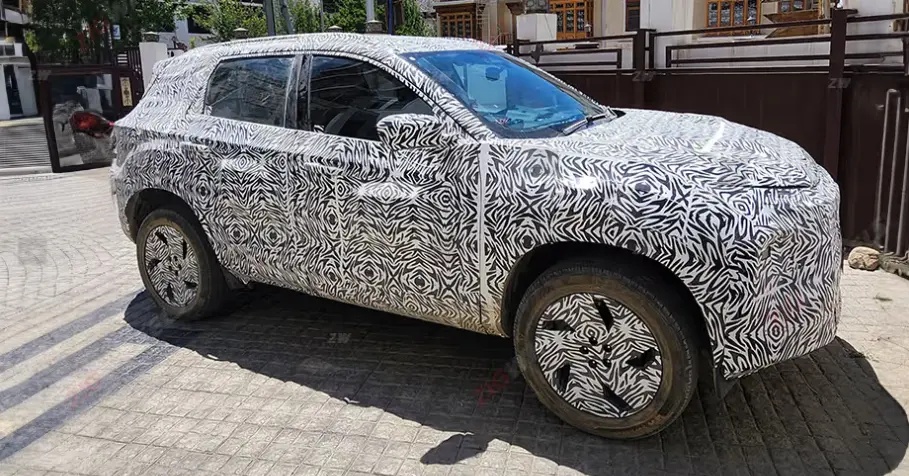Tata Harrier Petrol Variant Spotted Testing Ahead of Launch
Tata Motors is actively working on introducing a new petrol engine for its flagship SUVs—the Harrier and Safari. This move aims to make both models more competitively priced and broaden their market appeal. Now, fresh spy shots confirm that a petrol-powered Tata Harrier is in the testing phase.
Harrier Petrol Test Mule Spotted
Automotive enthusiast Susheel recently spotted a test mule of the Tata Harrier near Satara, Maharashtra. This marks the first time a petrol-powered Harrier has been seen undergoing tests. The model features a rear-left exhaust—unlike the diesel variant, whose exhaust setup is different—strongly indicating it’s an ICE (Internal Combustion Engine) vehicle and not an EV.
Further supporting this, the test mule was seen with a front-mounted radiator, typical of ICE models, effectively ruling out the possibility of it being the Harrier EV (which has already been unveiled and is due for launch soon).
Notably, the test vehicle lacked a rear independent suspension setup, a feature seen in the Harrier EV. Additionally, the drivetrain appeared to be front-wheel drive, suggesting a different platform tuning for the petrol variant.
Design Details Remain Unchanged
In terms of design, the test mule retains many of the features seen on the current model. These include:
- Identical rear bumpers
- Connected LED taillights
- High-mounted LED stop lamp
- Rear windscreen and shark fin antenna
- Chunky 245-section tyres, possibly fitted on 19-inch alloy wheels in higher variants
Why a Petrol Harrier?
Tata is developing a new 1.5-litre GDI turbo-petrol engine, expected to offer more power than many competing 1.5L turbo units. With an estimated output of 170 bhp and 280 Nm of torque, this engine is being tailored specifically for the Harrier and Safari.
The main objective behind introducing a petrol engine is to lower the starting price of Tata’s flagship SUVs. At present, both the Harrier and Safari are diesel-only, with engines sourced from Stellantis—adding to their cost. Competitors like the Mahindra XUV700 and MG Hector, which start around ₹14 lakh (ex-showroom), already offer petrol variants. In contrast, the Harrier starts at around ₹15 lakh.
By offering an in-house developed petrol engine, Tata could significantly reduce the entry-level pricing. This could potentially bring the Harrier’s starting price down to ₹13 lakh, opening the door for a wider customer base. However, Tata has yet to officially confirm any pricing details.

